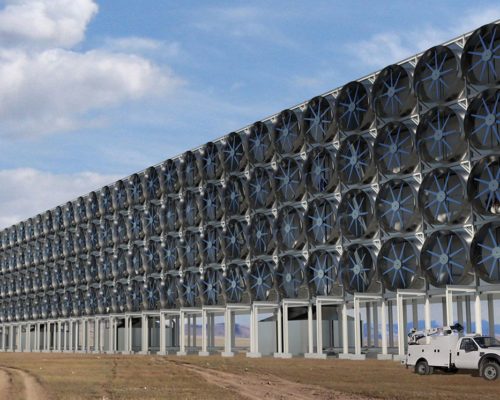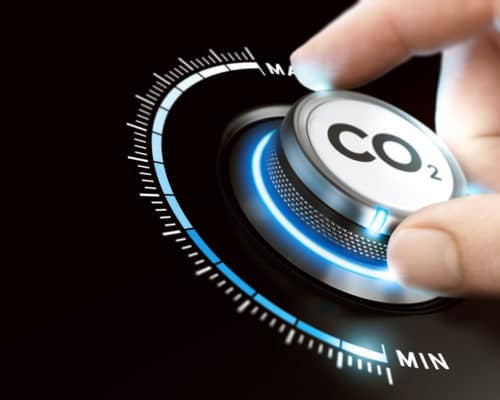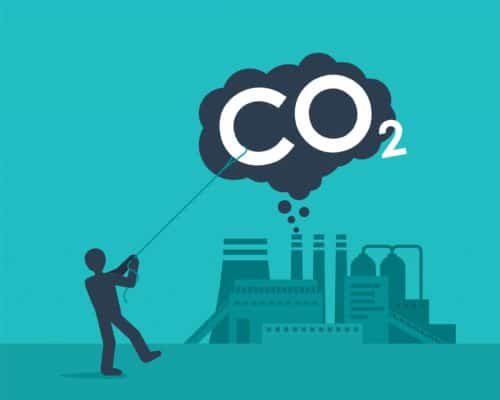Carbon Capture: Can This Technology Save Our Future?
Source: Canadian Energy Centre
27 May 2022 – by Eric Koons
As the urgency to rapidly decarbonise becomes ever more apparent, so does the interest in carbon capture technology. The use of fossil fuels and setting up new coal-fired power plants is discouraged. The latest Intergovernmental Panel on Climate Change (IPCC) report explains that “significant cuts in global greenhouse gas emissions and even close to net-zero emissions” are achievable by 2050 “by deploying multiple available and emerging options”.
Carbon Capture Sequestration and Climate Change
From creating more sustainable supply chains to adopting electric vehicles and building additional capacity for clean energy, there are options available to reduce global emissions to fight global warming. The real challenge is reducing emissions in hard-to-decarbonise industries and industrial processes, like steel and cement production. Carbon capture provides a potential alternative for these industries by actively removing emissions, sequestering them and utilising them for other sectors.
What is Carbon Capture – Definition?
Carbon capture is the process of removing carbon dioxide from an industrial process’ emissions or actively trapping CO2 from the atmosphere. In the first case, it mitigates emissions, while in the second, it removes them from the atmospheric system.
What Is Carbon Capture and Storage (CCS)?
Carbon capture is the first part of a three-stage carbon removal and storage system known as carbon capture and storage (CCS). After the CO2 is captured, the captured carbon dioxide is transported to a storage site. Then it is injected into deep geological formations that trap carbon for permanent storage. Then different methods are used to manage the stored carbon dioxide.

What Is Carbon Capture and Utilisation (CCU)?
Carbon capture and utilisation (CCU) differs from carbon capture and storage (CCS) in one vital way: the captured carbon dioxide is used instead of being permanently stored. Captured carbon dioxide has several uses across various industries, from producing fuel to carbonating beverages. CCU is a potential long-term opportunity for GHG heavy industries.
Carbon Capture Methods: How To Capture Carbon Dioxide?
There are three methods of capturing carbon: post-combustion capture, pre-combustion and oxyfuel. Pre-combustion capture involves sequestering carbon before the combustion process. Post-combustion uses technology during the combustion process that reroutes exhaust fumes through a gas separator that is capable of removing carbon dioxide from the other greenhouse gases. Oxyfuel is popular but is only useful in a specific situation: burning fuel in an oxygen-rich environment. In this situation, carbon dioxide and water vapour are mostly produced. The water vapour is cooled into a liquid, and the CO2 is pumped out.
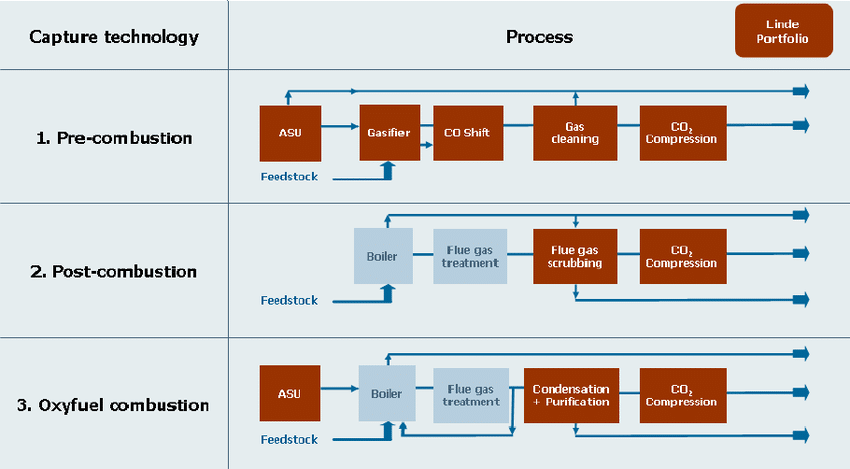
How Effective is Carbon Capture and Storage?
The efficiency of carbon capture and storage is under debate. Studies have found that CCS can capture up to 90% of carbon emissions from a power plant or industrial facility in optimal conditions. However, CCS is an energy-intensive process, so that the net carbon emissions reductions will be much lower, even with optimal efficiency.
How Does Carbon Capture Work?
Carbon capture and storage (CCS) and carbon capture and utilisation (CCU) are becoming the go-to solutions across multiple industries aiming to reduce CO2 emissions. New CCS plants continue to spring up, and older industrial facilities are being retrofitted to add CCS technology. The carbon capture technology itself is relatively simple and involves adding an extra process that filters out the gases created by combustion.
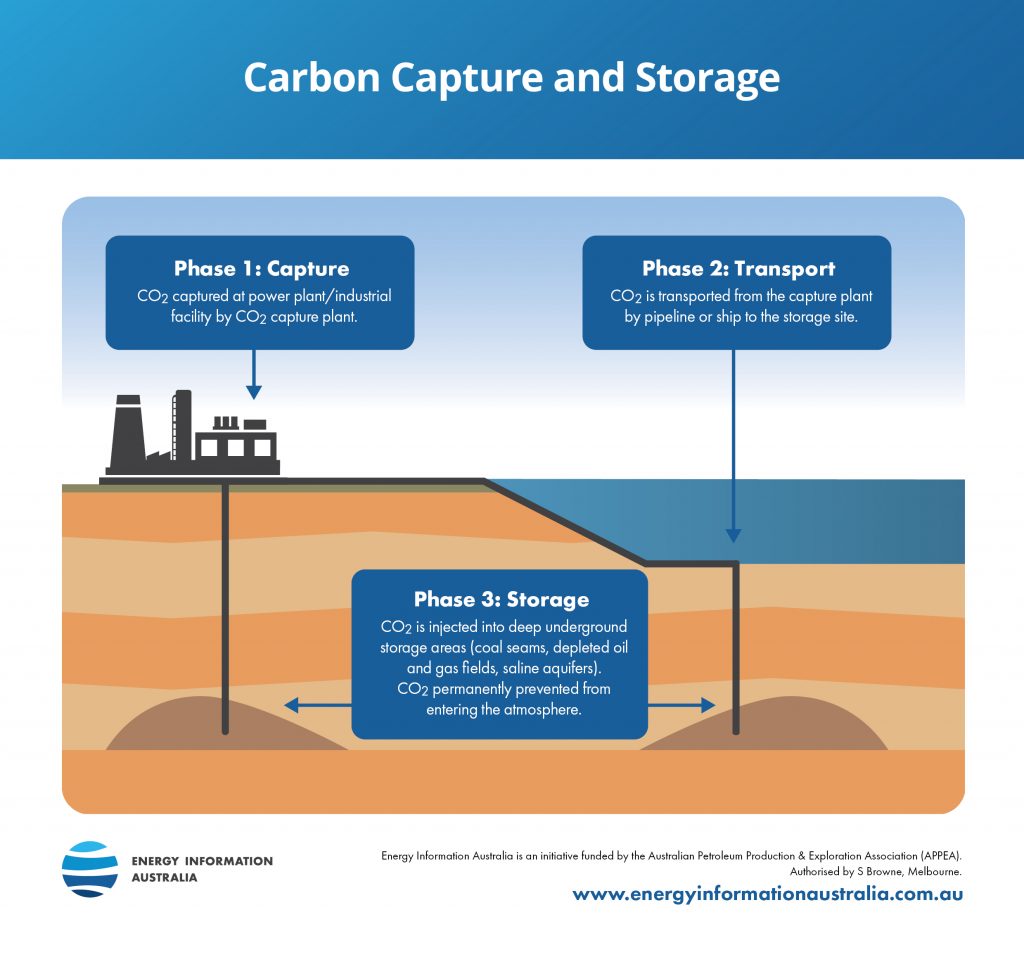
Is Carbon Capture Good for the Environment?
Carbon capture is not as good for environment as they say. Many people and environmental groups have branded carbon capture as an environmentally friendly option for hard-to-decarbonise industries. However, the efficiency of carbon capture technology is still under debate, and many sceptics point to the high energy requirements as a problem. Furthermore, the technology doesn’t promote a global shift to low-carbon energy sources from fossil fuels.
It raises the question: does CCS promote reducing symptoms rather than fixing the cause of climate change?
The Major Problem With Carbon Capture and Storage
Carbon capture and storage still needs large-scale testing, and its efficiency at capturing and effectively storing CO2 is under scrutiny. Results from carbon capture and storage projects worldwide point to the technology being inefficient and needing nearly as much power to operate as the carbon dioxide it removes. Reducing power requirements remains one of the most significant hurdles to the large-scale adoption of CCS.
Carbon Capture Companies
Many companies are investing in carbon capture – from start-ups to industry giants like Exxon Mobil. While it is hard to define which carbon capture company is leading the industry, there are several front runners, including the United States’ Global Thermostat and Net Power, Canada’s CO2 Solutions by Saipem, Quest CCS by Shell and Carbon Engineering as well as Europe’s Climeworks (Switzerland) and Carbfix (Iceland).
These carbon capture companies have been active for several years. And they are seeking to scale up the use of CCS technology in their respective regions and abroad.
Here are top 10 carbon capture companies.
Carbon Capture Stocks
Carbon capture technology’s mounting popularity and growth has led to several companies going public. As a result, investors can participate in the sector by purchasing carbon capture stocks.
Five of the most popular carbon capture stocks are Aker Carbon Capture, Delta CleanTech, Occidental, Equinor and Schlumberger. While these stocks draw from various sources and companies, they do not include the seven previously mentioned companies because they are private businesses.
Check out the best carbon capture stocks to invest your money.

Carbon Capture Technology: CCU and CSS
Each type of carbon capture technology is uniquely based on its location in the industrial process. Both pre-combustion and post-combustion technology rely on chemical reactions to bond with CO2 molecules, making them easier to filter out. On the other hand, oxyfuel capture depends on an efficient combustion environment of pure oxygen. Additionally, while these are currently the three most common carbon capture technologies, new methods are in development. It is hard to decide which one is the best carbon capture technology.
For more information check out this article about latest carbon capture technology.
Carbon Capture Projects
There are several carbon capture projects around the world. Currently, the United States leads the way with 13 different carbon capture and storage facilities in active use, with plans for 30 in the coming years. The Middle East has three active carbon capture projects, and we expect policy-makers from across the region to announce plans for a more extensive rollout of CCS projects. As a global leader in the net-zero campaign, Europe sees a surge in carbon capture growth, with over 40 projects underway.
Here are some of the top carbon capture projects around the world.

Carbon Capture and Storage Promoting “Business As Usual”
Carbon capture and storage is touted as a key tool in the fight against climate change. Its use in energy production and power generation enables facilities to be “greener”. This has led to an increase in “clean” fossil fuel plants, especially in countries with high energy demands and reliance on oil, gas and coal, such as the United States, the Middle East and Asia.
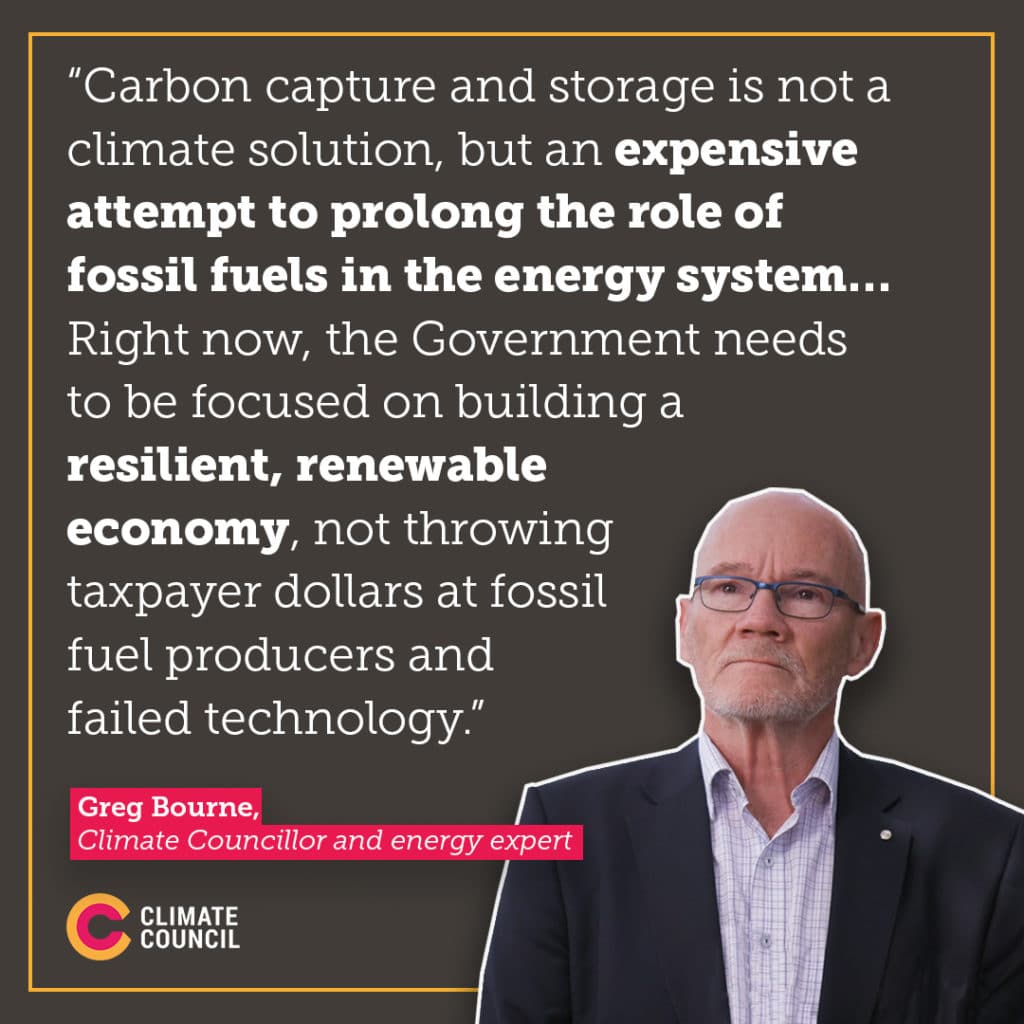
A relatively unproven technology, CCS cannot mitigate the impacts of climate change alone and can promote a “business-as-usual” approach to industry and energy usage. For CCS to be effective, there needs to be investments in overall energy infrastructure that reduces the need for carbon capture and storage and limits its use to specific circumstances.

by Eric Koons
Eric is a passionate environmental advocate that believes renewable energy is a key piece in meeting the world’s growing energy demands. He received an environmental science degree from the University of California and has worked to promote environmentally and socially sustainable practices since. Eric’s expertise extends across the environmental field, yet he maintains a strong focus on renewable energy. His work has been featured by leading environmental organizations, such as World Resources Institute and Hitachi ABB Power Grids.
Read more